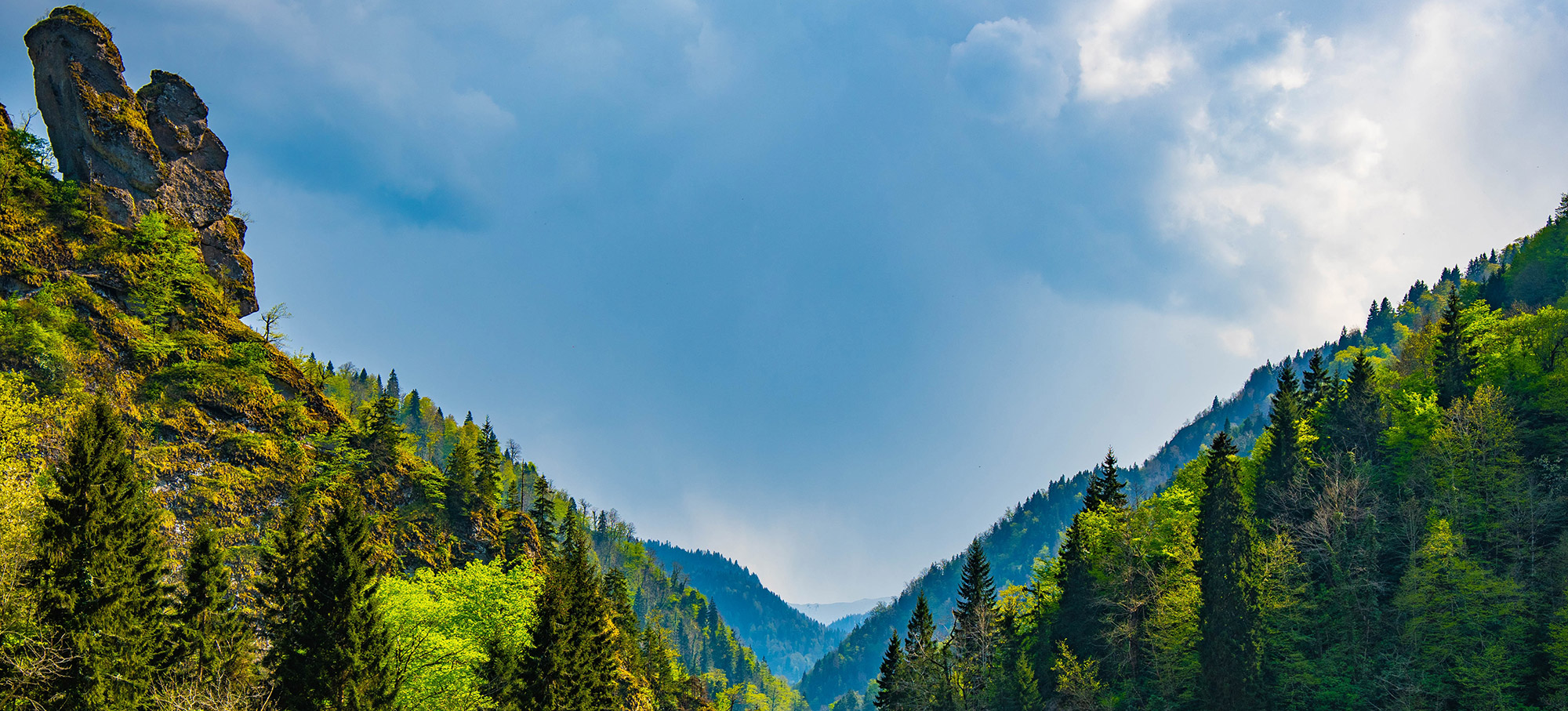Many people feel protected and at peace in the presence of trees. For Charlie Nelson, an Elder of Bigaawinashkoziibiing, the Roseau River Anishinaabe First Nation, trees are more than comforting: they are essential. Trees give fruit and shade and shelter. They offer habitat for animals, and arrows so that people can hunt. Trees share medicines for illnesses, and provide teachings and spiritual guidance. “We need people to understand how important access to these things is to everyday life,” Charlie says. “We get wellness from knowing these things.”
Anishinaabe knowledge of trees and their gifts comes from generations of experience. “I have been learning this way of life from my grandpas and great-grandpas,” Charlie says. “Some things happen over and over again, and that gives us knowledge.”
Some Elders know how to make medicines from trees; others know how to make wooden snowshoes or canoes out of birch bark. Traditional Knowledge can be shared in teaching lodges built from tamarack poles. It is also shared while on the land.
“One old guy showed us the medicine,” Charlie says. “He said that if you are going to take the medicine, you have to give tobacco as an offering. The trees are ready to give us help if we ask them. It’s a feeling you get when you share with the trees. It feels as if they are listening to you.”
The connection between Anishinaabe people and trees begins at birth. “The tree loves the children,” Charlie says. “From the tree we make the cradle board.” Trees also care for the elderly. “We teach the people that there are two trees that are waiting for you when you get old and need something to lean on,” Charlie says: those trees are canes. “We are one with the tree, partners with the tree, companions with the tree,” he adds. “No matter what issues people deal with, there is love in nature waiting for you.”
Like trees, people are a part of nature: if people destroy nature, we risk destroying ourselves. That’s why Charlie says it’s important to harvest trees with respect, and never to take more than needed. Charlie’s son, Kirby Nelson, agrees. “These are living plants,” Kirby says. “You want to tell them why you are taking their life and asking them for their help.”
The Nelsons worry that this wisdom is being lost, and that taking every tree in one place threatens not just the forest, but the animals that depend on it. “We go hunting for deer and wild chickens and rabbits,” Kirby says, “and their home is being destroyed.” Charlie adds, “The forest is also the moose’s habitat. The moose are giving to us, so we should be concerned about taking what they need.”
For Charlie’s family, losing trees would mean losing their way of life. “We dream about these things,” Charlie says. “That is how close the Nature is. To see something in our dreams and say, ‘That is the medicine.’ We have to look after things, so that our grandkids might have something.
“We need to do Truth and Reconciliation with Nature.”
 Truth & Reconciliation
Truth & Reconciliation
What is reconciliation? According to Justice Murray Sinclair, “Reconciliation is about forging and maintaining respectful relationships.”
These relationships must be built between Indigenous and non-Indigenous peoples, but also between people and the natural world. One important aspect of reconciliation involves upholding Indigenous peoples’ Treaty and Constitutional Rights, preserving their access to the natural resources that are essential to their cultures and ways of life.















































